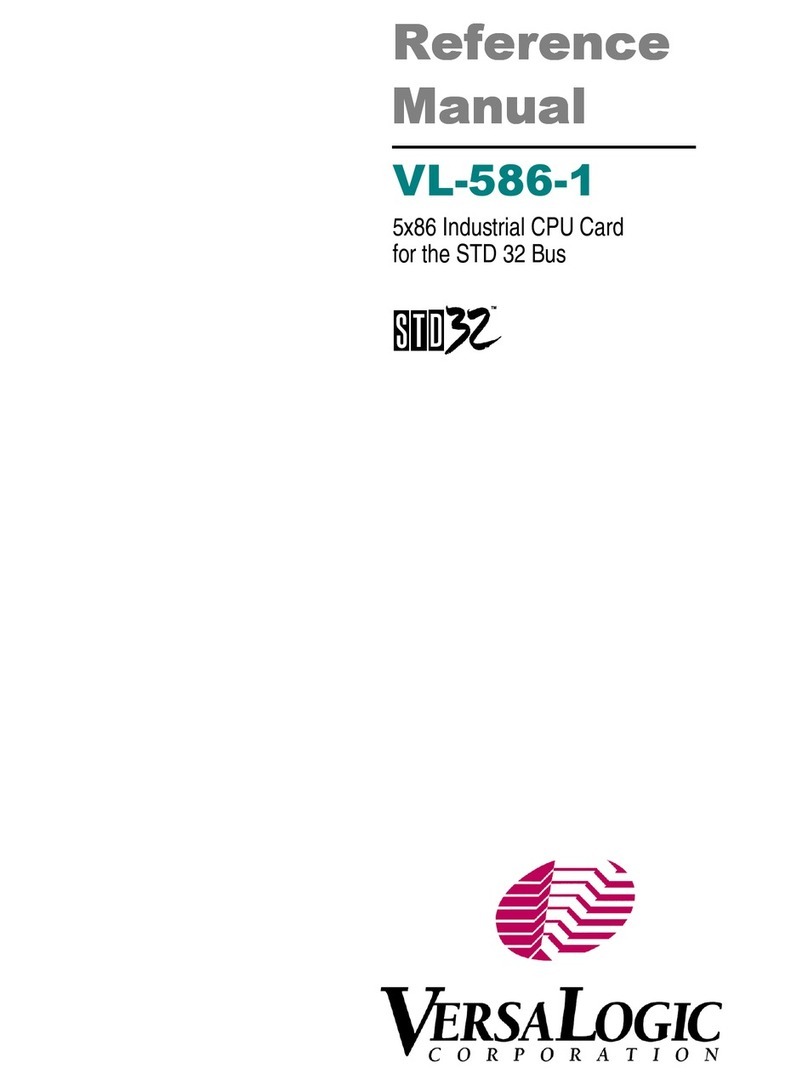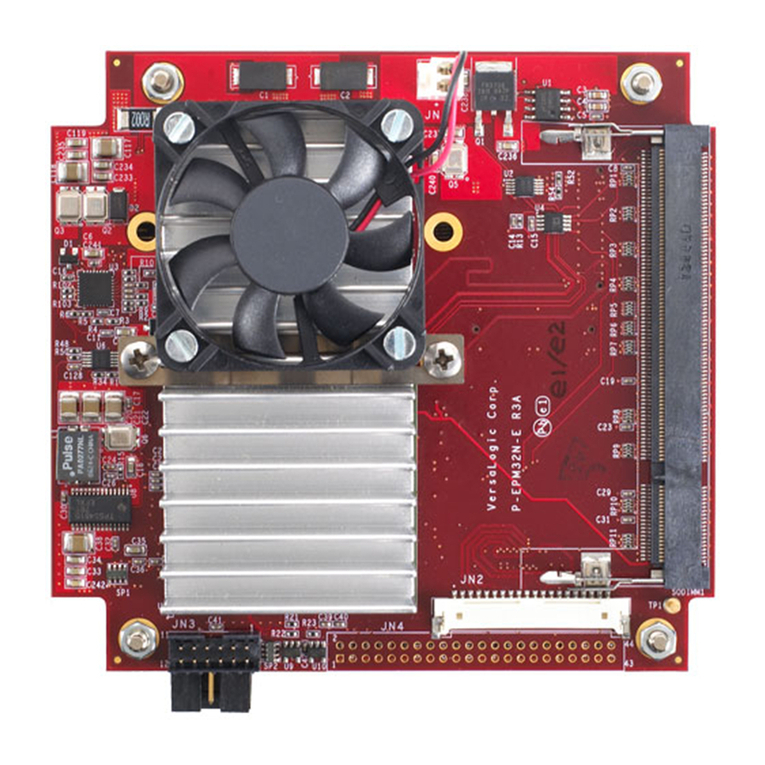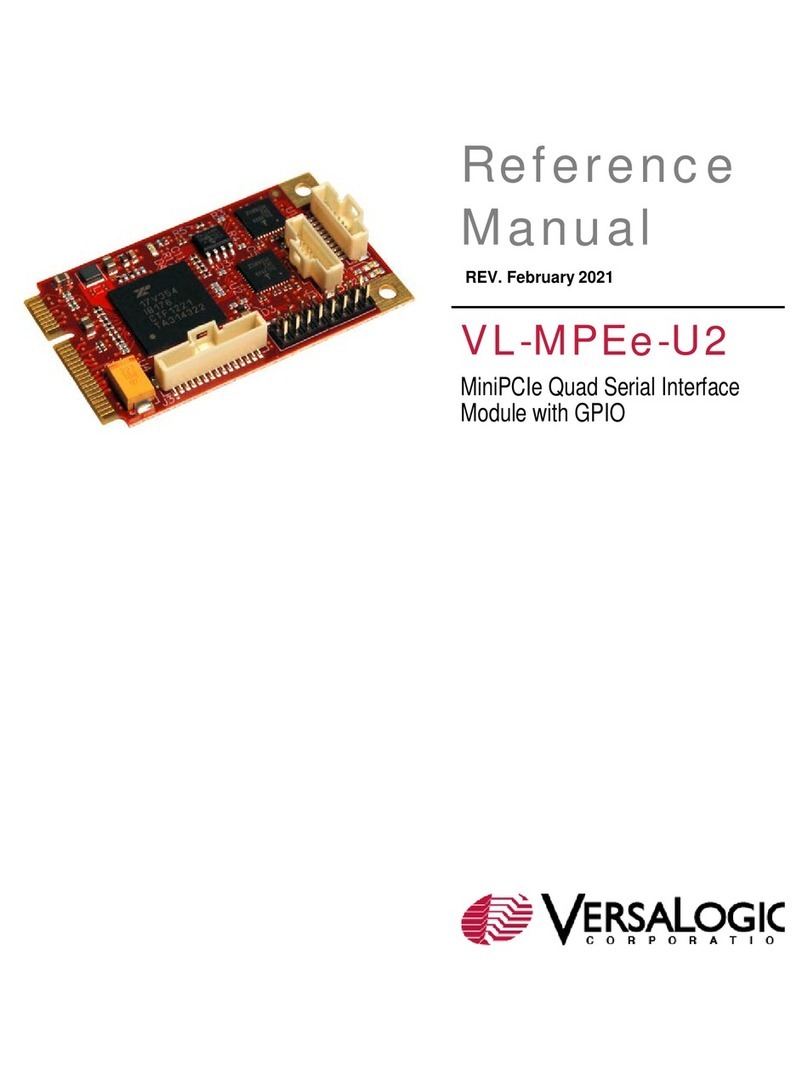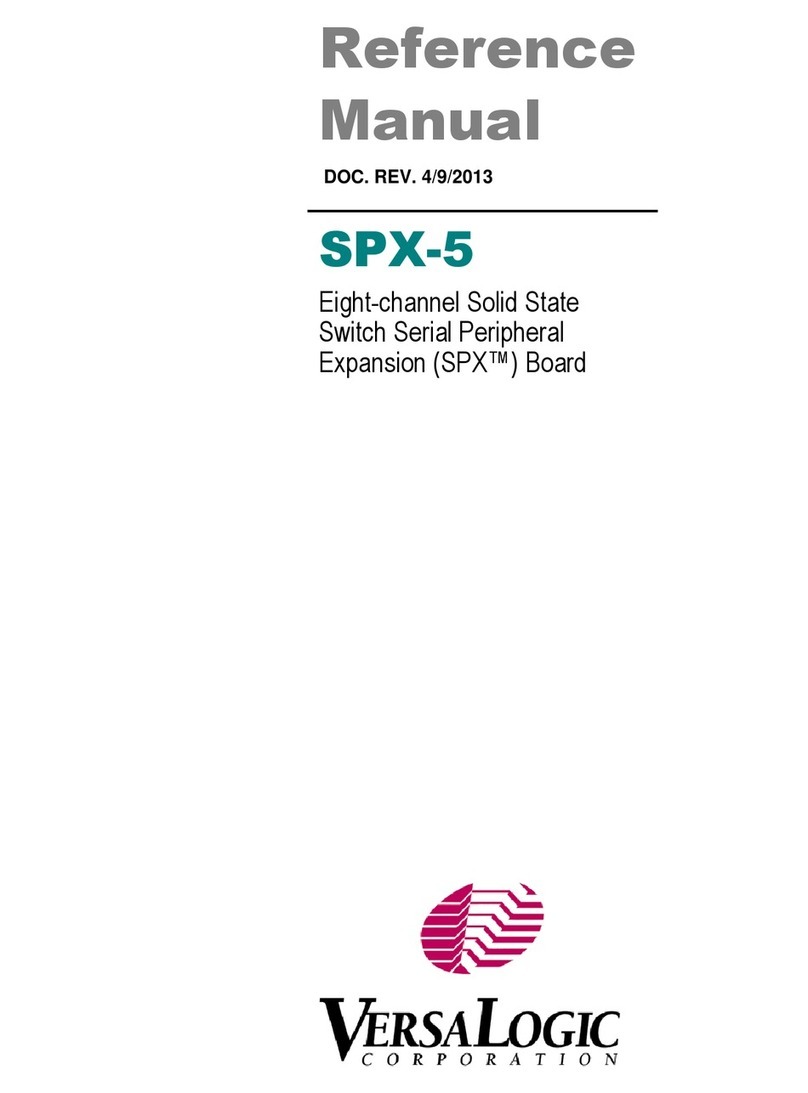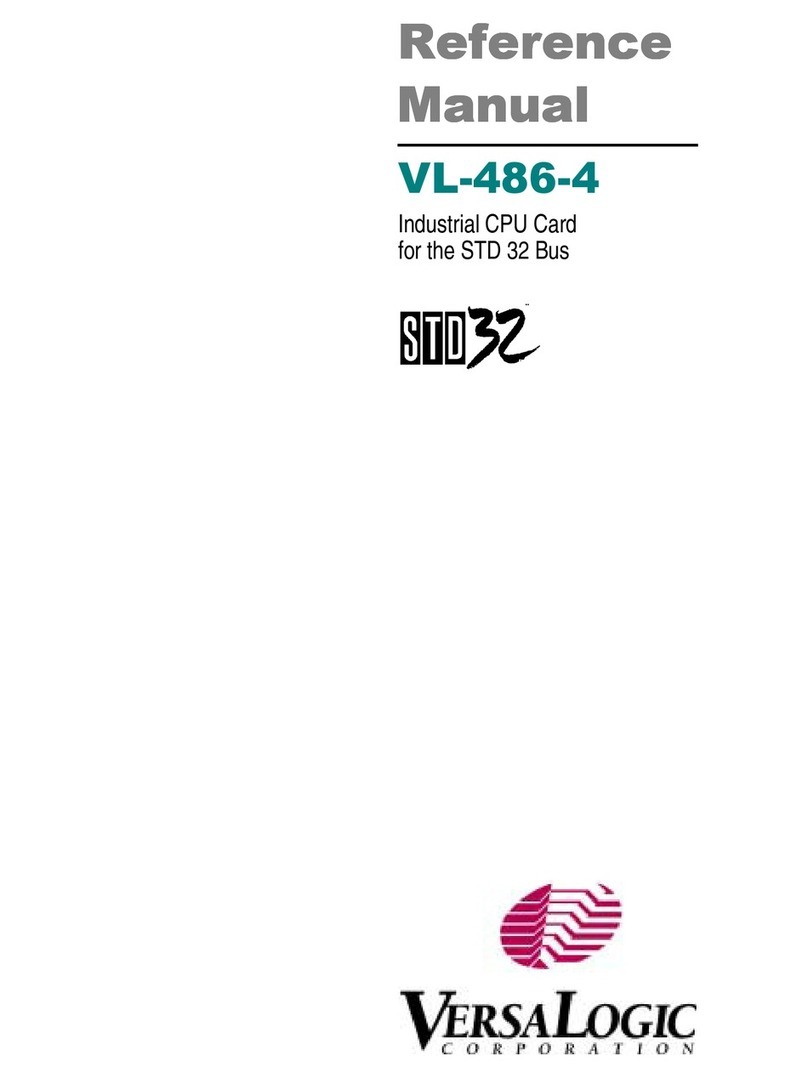
VL-EPU-2610 Reference Manual iv
Contents
VersaTech KnowledgeBase...............................................................................................iii
Introduction ...................................................................................................................1
Description.......................................................................................................................... 1
Features and Construction.....................................................................................1
Technical Specifications.....................................................................................................2
Block Diagram....................................................................................................................3
RoHS Compliance ..............................................................................................................5
About RoHS...........................................................................................................5
Warnings.............................................................................................................................5
Electrostatic Discharge..........................................................................................5
Handling Care........................................................................................................6
Thermal Considerations......................................................................................................6
CPU Die Temperature ...........................................................................................6
Technical Support...............................................................................................................6
Falcon (VL-EPU-2610) Support Page................................................................................6
VersaTech KnowledgeBase................................................................................................7
Repair Service........................................................................................................7
Configuration and Setup...............................................................................................8
Initial Configuration ...........................................................................................................8
Basic Setup ......................................................................................................................... 8
Operating System Installation........................................................................................... 10
BIOS Setup.......................................................................................................................10
Physical Details...........................................................................................................11
Dimensions and Mounting................................................................................................ 11
Falcon Dimensions ..............................................................................................11
VL-CBR-5013/5014 Paddleboard Dimensions...................................................12
VL-HDW-405 Mounting Plate Dimensions........................................................ 13
Hardware Assembly.............................................................................................14
External Connectors ......................................................................................................... 16
Falcon Connector Locations –CPU Module.......................................................16
Falcon Connector Locations –Baseboard........................................................... 17
Falcon Connector Functions and Interface Cables..............................................18
VL-CBR-5013/5014 Connector Locations..........................................................19
VL-CBR-5013/5014 Connector Functions..........................................................19
Jumper Blocks ..................................................................................................................20
Jumpers As-Shipped Configuration.....................................................................20
Jumper Summary.................................................................................................21
System Features..........................................................................................................22
Power Supply....................................................................................................................22
Power Requirements............................................................................................ 22
CPU...................................................................................................................................22

